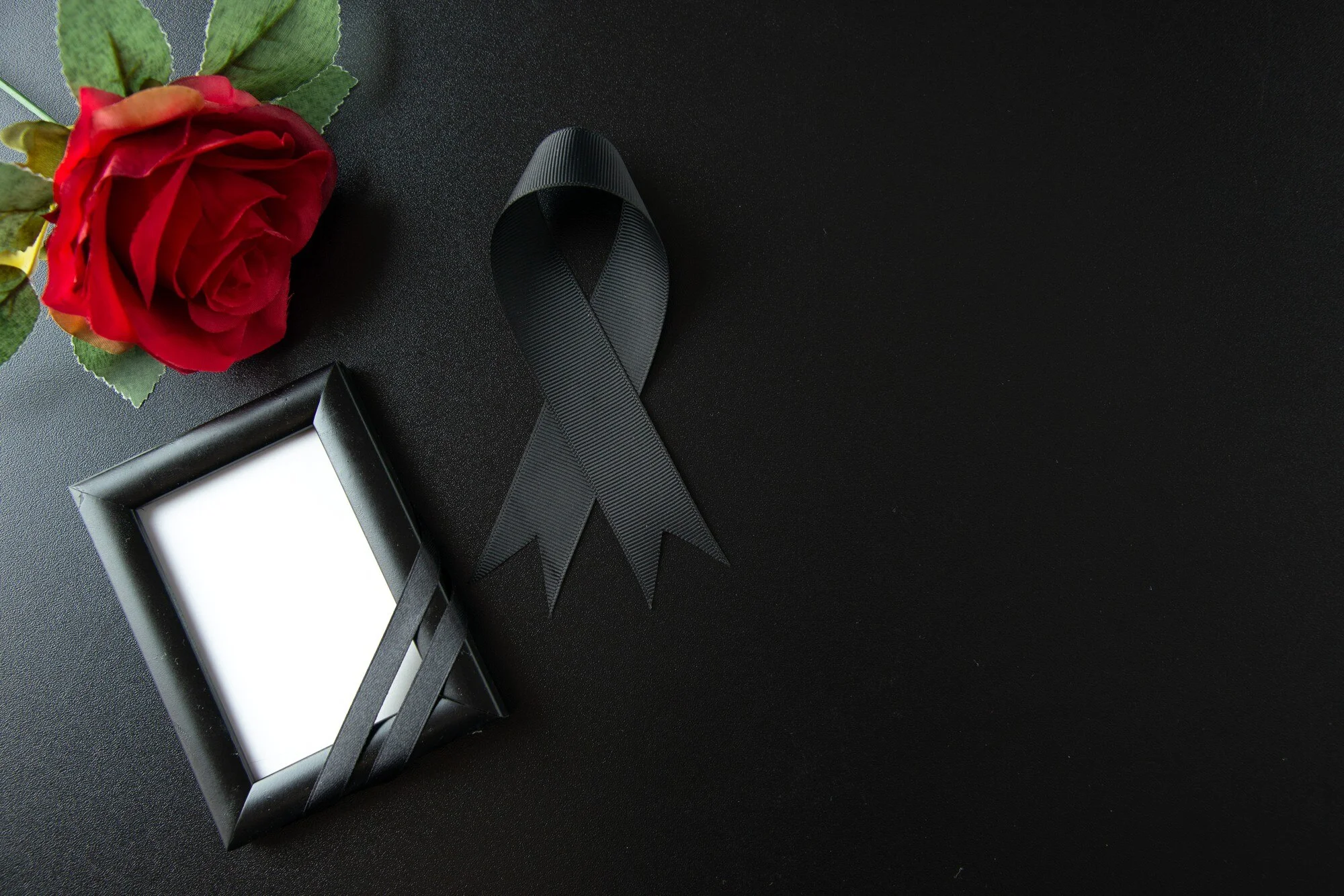Blog » Memorializing a Loved One After Cremation

Honoring a loved one after their passing is a deeply personal task that brings comfort during a time of grief. For many, cremation provides flexibility in how to memorialize the departed. Memorializing a loved one after cremation can offer comfort and meaning, transforming loss into a lasting tribute. This tribute can reflect the life and legacy of the deceased. Whether you’re preserving memories through a keepsake, creating a living memorial, or planning a meaningful ceremony, understanding your options is essential.
Understanding the Importance of Memorialization
Memorializing a loved one after cremation goes beyond remembering them; it's about creating a lasting tribute that captures their life, personality, and impact. This process plays a crucial role in healing, providing a way to connect with the departed even after they're gone. A well-thought-out memorialization serves as a bridge between the past and the future. This connection helps families carry forward the legacy of their loved ones.
Traditional Options for Memorialization
Traditional options for memorializing a loved one after cremation offer several meaningful choices:
- Cemetery plots for ashes: This provides a specific place for family and friends to visit, reflect, and pay their respects.
- Columbarium storage: A structure designed to house cremated remains, offering a permanent, peaceful resting place.
These options, rooted in tradition, ensure the memory of the deceased is preserved for generations to come. Families often find comfort in having a dedicated place to visit and honor their loved one.
Personalizing the Memorial
Personalizing the memorial adds a unique touch that reflects the individuality of the deceased. Some ways to personalize a memorial include:
- Incorporating personal items: These might include a favorite book, a piece of jewelry, or an item with sentimental value.
- Custom-designed urns: Engraving names, dates, or special messages on the urn makes it a personal focal point for remembrance.
By personalizing the memorial, families create a tangible connection to the deceased, making the memory more vivid and cherished.
Creating a Living Memorial
Creating a living memorial offers a beautiful, enduring way to honor a loved one after cremation. You might consider:
- Planting a tree or garden in their memory: This space grows and changes with time, offering comfort and a place of reflection.
- A legacy for future generations: A living memorial, such as a garden, symbolizes the ongoing impact of the loved one's life on the world.
As a transition from loss to healing, living memorials provide a space where life continues to flourish, reflecting the ongoing influence of the departed.
Incorporating Cremated Remains into Art
Incorporating cremated remains into art provides a unique, lasting tribute. Options include:
- Glass sculptures, paintings, or jewelry: Artists can infuse ashes into these creations, transforming them into a beautiful piece of art.
- A meaningful keepsake: This allows families to keep a part of their loved one close, integrating their memory into daily life.
This form of memorialization combines artistry with remembrance, offering comfort in the beauty and creativity of the final piece.
Memorial Jewelry: A Wearable Tribute
Memorial jewelry offers a deeply personal way to keep a loved one close after cremation. Consider these options:
- Necklaces, bracelets, or rings: These pieces can contain a small portion of the ashes or a lock of hair, providing a constant connection to the loved one.
- Custom designs: Reflect the personality and preferences of the deceased, making the jewelry a unique, cherished keepsake.
Memorial jewelry not only offers comfort but also serves as a wearable reminder of the bond shared with the departed.
Memorial Services and Celebrations of Life
Memorial services or celebrations of life are meaningful ways to honor a loved one after cremation. These events can be:
- Traditional or unique: Reflecting the life and character of the loved one, whether through a solemn service or a joyful celebration.
- Gathering for support and memories: Family and friends come together to share memories, offering mutual support during a difficult time.
Through these gatherings, families and friends can find solace in remembering and celebrating the life of their loved one.
Scattering Ashes in Meaningful Locations
Scattering ashes in a meaningful location is a significant decision for many families after cremation. Consider the following:
- Choosing a location with personal significance: Whether it’s a favorite hiking trail, a beloved beach, or a family garden, scattering ashes in a place that held special meaning can provide a sense of closure and peace.
- Creating a lasting connection: This act allows the loved one to become part of a place they cherished, intertwining their memory with the natural world.
This choice transforms a location into a sacred site of remembrance, making it a special place for future visits.
Establishing a Memorial Fund or Scholarship
Establishing a memorial fund or scholarship in a loved one’s name is a powerful way to honor their memory while making a positive impact. Options include:
- Supporting a cause close to their heart: A memorial fund dedicated to a charity or cause that was important to the deceased.
- Providing educational opportunities: A scholarship that helps others, ensuring the loved one’s legacy continues to inspire and uplift future generations.
Memorial funds and scholarships keep the loved one’s memory alive while benefiting others in a meaningful way.
Digital Memorials: Preserving Memories Online
In the digital age, creating an online memorial is a popular way to preserve the memories of a loved one after cremation. These digital memorials may feature:
- Photos, videos, and written tributes: These provide a comprehensive and accessible way to remember the loved one.
- Interactive elements: Allowing family and friends to share their memories, ensuring the memorial remains dynamic and evolving.
An online memorial offers a virtual space for continuous remembrance, making it accessible to anyone, anywhere, at any time.
Memorializing a Loved One After Cremation: The Importance of Choice
When memorializing a loved one after cremation, it's essential to choose options that resonate most with your memories and emotional needs. The options range from traditional practices to innovative memorials, all aiming to honor the life of the departed. By considering these choices, families can create a lasting legacy that reflects the unique nature of their loved one. Whether through a keepsake, a living memorial, or an art piece, the goal remains the same: to honor the life of the departed and bring comfort to those left behind.
Keywords Integration
Throughout this discussion, three core keywords—Memorializing a loved one, After cremation services, and Honoring the departed—capture the essence of what it means to memorialize a loved one thoughtfully. These keywords help guide the process, ensuring that the chosen memorial truly honors the spirit and memory of the loved one, providing a lasting tribute that resonates with those who knew them best.
Going Forward:
The act of memorializing a loved one after cremation is not just about closure. It’s about continuing the connection and cherishing the memories that remain. Every option, from traditional practices to modern innovations, offers a unique way to honor the departed. As families navigate these choices, the most important thing is to select a form of memorialization that feels authentic to the loved one’s life and the family’s needs. By doing so, they create not just a memorial but a lasting legacy that keeps the memory of their loved one alive for generations to come.
Recent Blog Posts
- Eco-Friendly Cremation and Burial Options
- Direct Cremation in South Carolina and Why Families Prefer This Option
- Choosing a Funeral Home in South Carolina for a Stress-Free Process
- Burial or Cremation in Louisiana and Which Option Fits Your Needs
- Funeral Costs in New Jersey and Affordable Cremation Solutions
- Cremation Services in Louisiana and What Families Should Know
- Virtual Storytelling Ideas to Connect Generations
- Honoring Loved Ones with Meaningful Legacy Tattoos
- Healing Through Comfort Foods From Around the World
- How to Support a Friend Through Grief from a Distance
